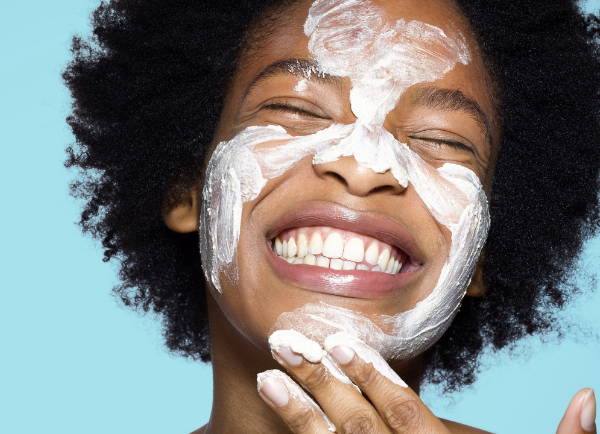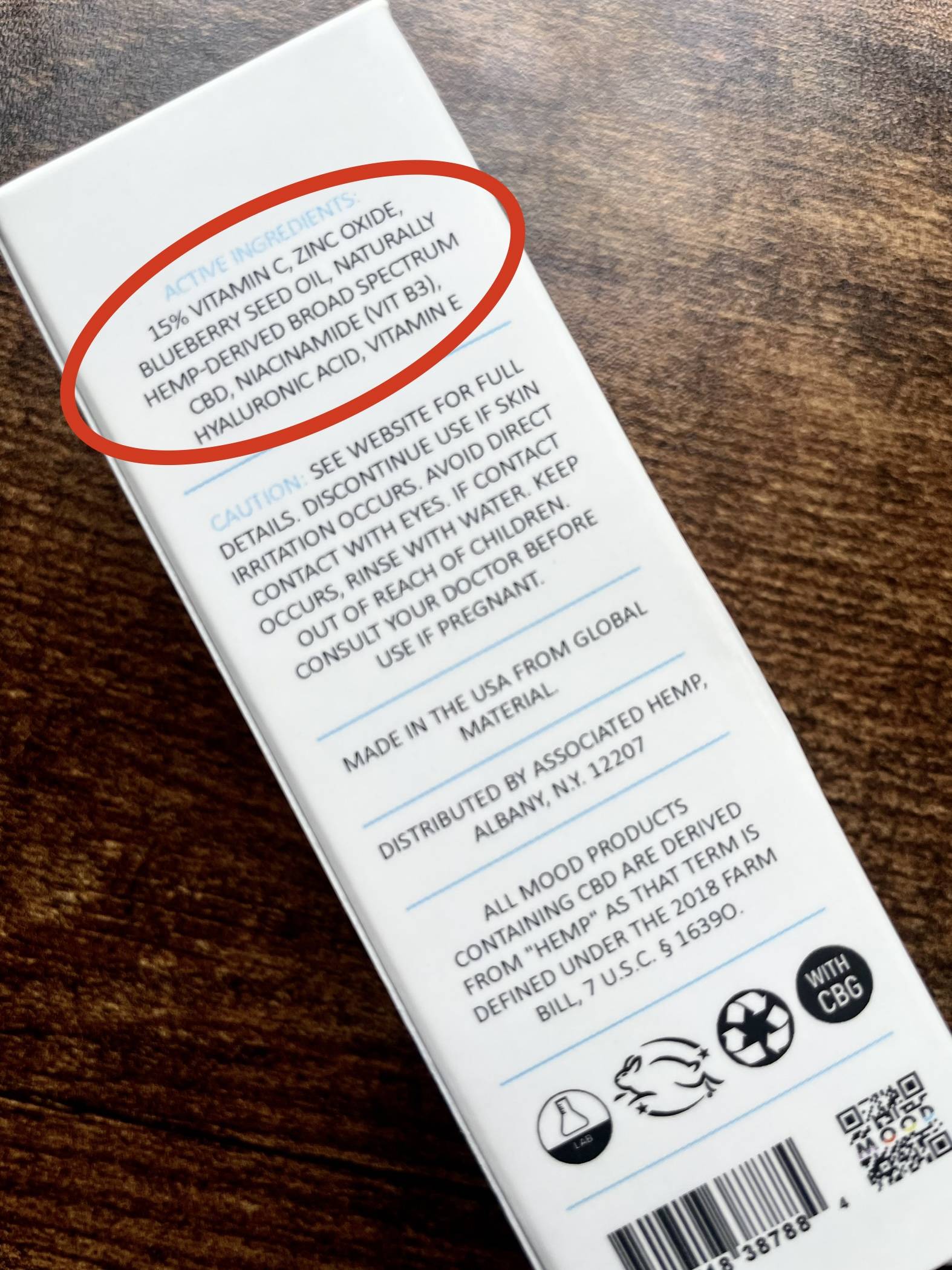Mineral Sunscreen Without White Cast: Does It Exist?
With ingredients in chemical sunscreens being exposed for the damage they cause to the body and the environment, more people are choosing mineral-based sunscreens, also known as physical sunscreens.
Unlike chemical sunscreens that enter your skin and sometimes bloodstream, physical sunscreens remain on top of your skin, effectively blocking UVA and UVB rays without having an adverse effect on your skin. Or the coral reef for that matter.
One of the biggest challenges of mineral sunscreens has been the white cast it produces when slathered on. This makes it especially unappealing to darker skin tones.

While any sunscreen is better than the effects of sun damage, mineral sunscreens are proving to be the healthy choice and in some cases, the one that offers more protection. If you're not versed in sunscreens, take a look at some of the FAQ's below. Otherwise, skip down to see how a mineral sunscreen can go on clear and provide you with the same protection.
- Oxybenzone - A known endocrine disruptor, which has been linked to the a higher risk of breast cancer and endometriosis, has recently been discovered as permeating the body deeper than originally thought and causing a higher systemic exposure, which makes it the most concerning ingredient on this list. But that doesn't make the other ones best choices either.
- Octinoxate - "Animal studies have shown the chemical has hormone effects on the metabolic system and affects thyroid hormone production (Seidlova-Wuttke 2006), with some evidence for other endocrine targets, including androgen and progesterone signaling (Krause 2012). Octinoxate can also cause allergic reactions after exposure to ultraviolet light (Rodriguez 2006)." Source: EWG.org
- Homosalate - Although the FDA allows the concentrations of up to 15% in sunscreens, the European Commission has found it to only be safe with up to 1.4% concentrations, citing toxic breakdown in the skin over time and endocrine disruption at high concentrations.
- Avobenzone - This unstable ingredient has to have other ingredients to stabilize it. It has been found that it can disrupt the endocrine system and has been shown to block the effects of testosterone in cellular studies (Klopcic 2017).
- Octocrylene - Humans are not the only ones with potential damage from such ingredients. Octocrylene has shown to play a role in aquatic toxicity, presenting a danger to coral reefs. The big concerns for humans is that this ingredient is often mixed with known carcinogen (can cause cancer) benzophenone, it has shown to be an endocrine disruptor and it has a high rate of causing allergies.
- Octisalate - The FDA determined that there is insufficient data to call this ingredient safe or not, with its main concern of it being an allergen.
WHICH ACTIVE INGREDIENTS ARE SAFE IN SUNSCREENS?
Zinc Oxide and Titanium Dioxide are the only two ingredients in sunscreens marked as "safe" by the FDA. Since they stay on the skin without entering it, they do not cause systemic exposure and therefore do not cause damage such as endocrine disruption.
While these are two safe active ingredients, it is important to check the rest of the list! Damaging preservatives and other unsavory ingredients could be hiding.
WHICH IS BETTER: ZINC OXIDE OR TITANIUM DIOXIDE?
Both are safe, but they vary a bit in effectiveness. Zinc Oxide is a broad spectrum mineral sunscreen that protects from both, short and long UV-A and UV-B rays. Titanium dioxide, however, is effective at blocking UV-B and short-wave UV-A rays, but it is not as effective against long UV-A rays.
CAN YOU ESCAPE THE WHITE CAST?
MEET DEFEND SPF 30 MINERAL SUNSCREEN

WHAT OTHER INGREDIENTS ARE INCLUDED?
*These statements are found to be accurate as of the time this blog is published.
Except where otherwise indicated, statements regarding products have not been evaluated by the Food and Drug Administration. This product is not intended to diagnose, treat, cure, or prevent any disease.
